Indoor Photography: 15 Tips for Incredible Photos
Last Updated on
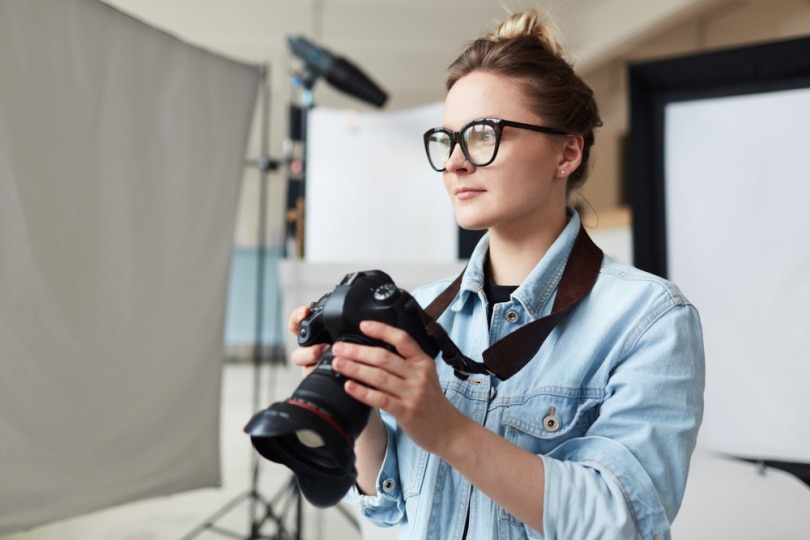
While most photographers will try to get outside to take photographs, that’s not always a choice that you have. The good news is that if you follow a few tips and tricks, you can still capture top-notch indoor photographs.
Here are 15 different tips for different indoor photography situations. Follow as many as you can, and you’ll take your indoor photographs to the next level in no time. 
Indoor Photography: 15 Tips for Incredible Photos
1. Use Natural Light
The biggest drawback to taking photographs indoors is a lack of light. Natural light is the best kind of light for photographs, but just because you’re inside doesn’t mean you need to give up natural light entirely. Whenever possible, make use of all the natural light that you can get.
This means opening windows to let light in and taking photos during prime parts of the day to get as much light in as possible.

2. Up the ISO
While manually going in and adjusting settings can be a nerve-wracking experience when you’re trying to get the perfect indoor photographs, changing the ISO can be the perfect way to get the job done.
ISO refers to the camera’s sensitivity to light, and indoor photographs often don’t have the same amount of light compared to taking pictures outside.
Don’t crank up the ISO to extreme levels, but experiment with upping it a bit and compare the results. When the lighting is a bit dim, there’s a good chance that a higher ISO is just what you need to take the picture to the next level.
3. Get the Details Right
A great part of taking pictures inside is that everything is in your control. You can set up the background, the foreground, and everything in between and get it just the way that you want it.
But while that’s a distinct advantage, when you don’t do it, that shows up too. So, take your time, and get all the small details right — it’ll be the difference between a top-notch photo and an average one.
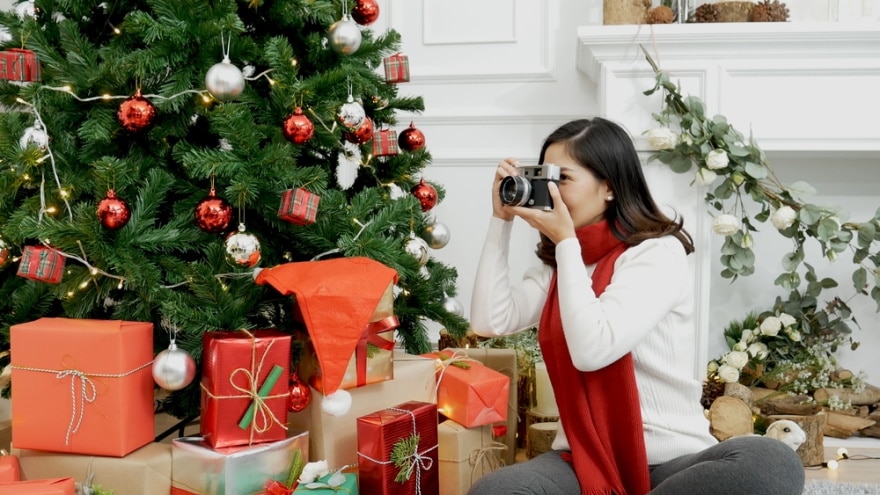
4. Use a Bright Backdrop
If you’re taking pictures of objects or people indoors, get a bright backdrop to enhance the light that you’re using. White is an extremely popular choice, but any backdrop that reflects light back onto the subject is an excellent choice for indoor photography.
5. Use Manual Settings
With the advanced automatic settings on newer cameras, it can be scary turning them off and moving on to manual settings. Not only should you adjust the ISO when you’re taking photos indoors, but you should also adjust the shutter speed.
Using and mastering manual settings will give you a better feel for indoor photography and can really enhance your photos.
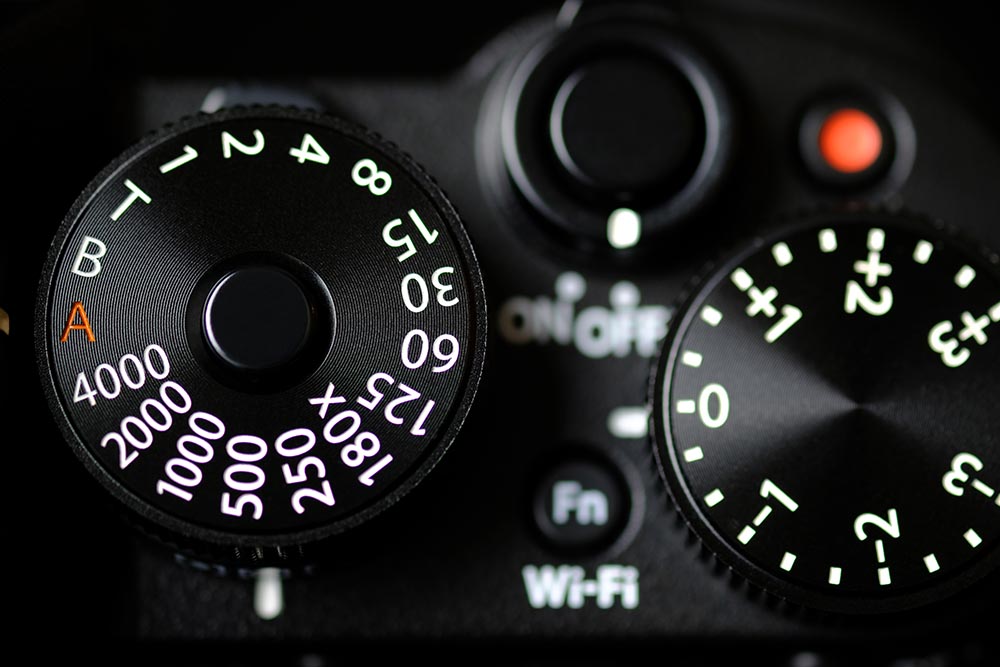
6. Try Different Rooms
When you’re taking pictures inside, not every room is the same. In fact, every room is going to have slightly different natural and artificial light. Even the layout of the room can change the way that light reflects in it.
Therefore, try taking multiple pictures in different rooms; this way, you know how to approach each one, and you can improve your overall indoor photography skills.
7. Keep the Camera Stable
Keeping a stable camera is always important, but it’s even more important when you’re taking indoor photos. You’ll want to slow down the shutter speed to get the most out of the light in the room, but if you don’t have a stable camera when you do this, you will get blurry images.
So, invest in a tripod and a remote switch to take pictures with, and you should see drastic improvements in your pictures.
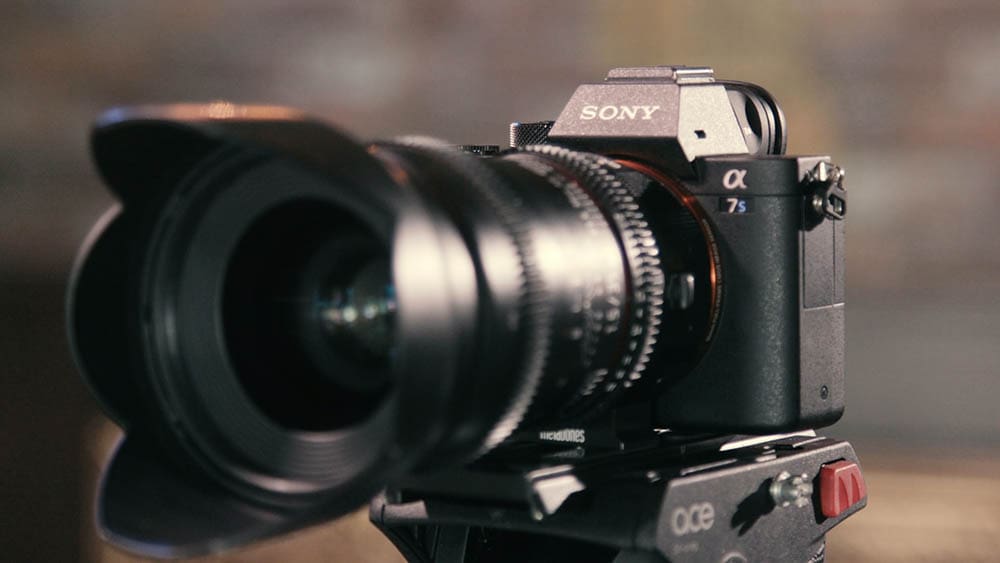
8. Add More Light — But Not Overhead Light
While natural light is ideal, when you’re working indoors, you can’t always get enough of it. If that’s the case, feel free to add artificial light — with the following caveat: Artificial light is fine, but try to avoid overhead lights.
Those lights can create shadows that are tough to work with. Instead, add light from behind you, pointing toward the subject. This can brighten up the room without creating tons of unpredictable shadows.
9. Use Reflectors
Reflectors are great tools to make use of flash in limited light situations. A reflector is just what it sounds like, a device that reflects light back onto the subject to brighten it up as much as possible.
There are multiple different styles of reflectors out there that you can use to help brighten up your indoor photography. Just know that no matter what style you go with, one reflector is better than none!
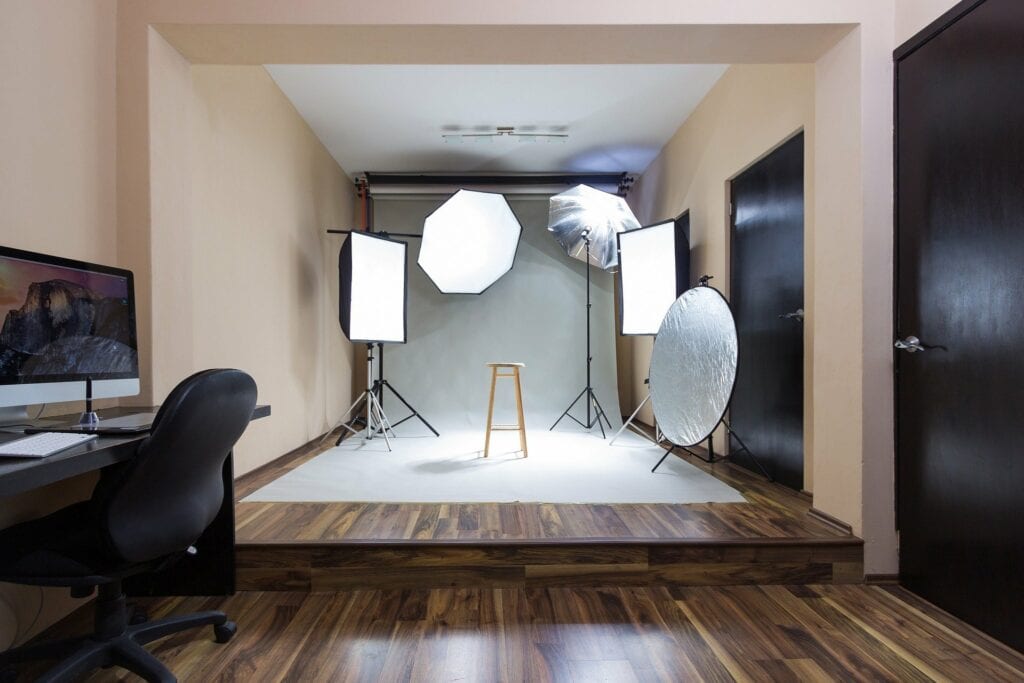
10. Add Filters
Sometimes all you need to do to take your photo to the next level is to add a filter to it after the fact. Filters can change the natural lighting of the scene, so they can completely transform a picture that you took.
Even better, since many photo-editing programs have many preset filters, you generally don’t need to have that much experience with editing software to put a great filter on your picture.
11. Use the Shadows
While shadows are something that you typically want to avoid in indoor photography, if you’re looking for a different style of photo, find a way to use the shadows to your advantage.
It’s going to take more time, experience, and creativity to get the results that you want, but when you do it right, it’s a great way to elevate your indoor photos.
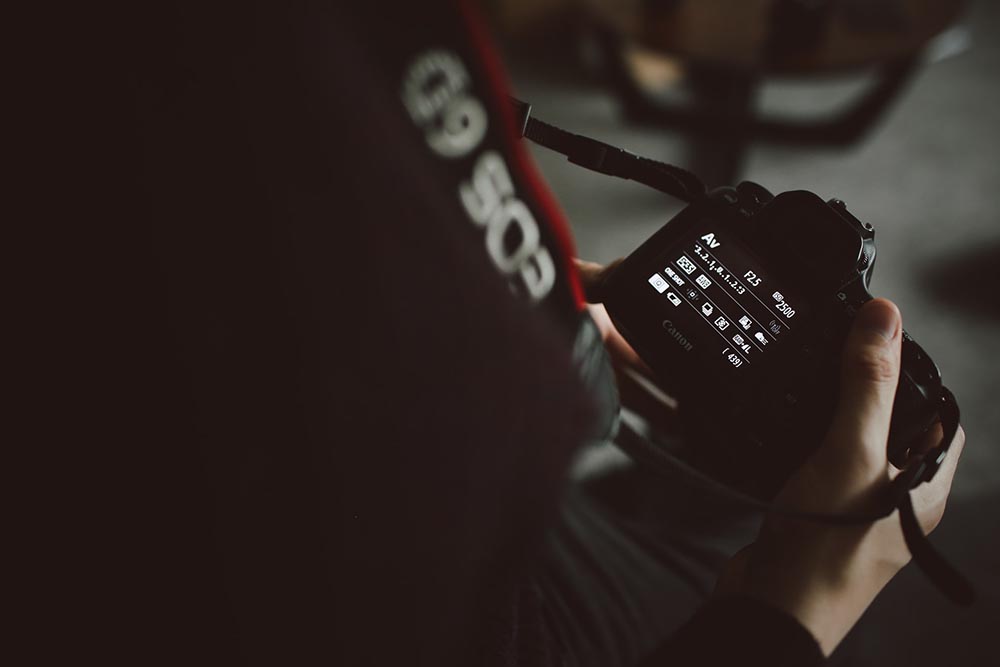
12. Edit Your Pictures
While you can add a shadow filter to edit your photos, if you take things a bit further, you can find new ways to make your indoor photographs stand out. You can add elements that aren’t there, take out things that you don’t like, change the lighting in portions of the room, and much more.
When you master a program like Photoshop, the only limitation to your edits is your creativity.
13. Consider a Full-Frame Camera
When you’re taking pictures of an indoor space, you want to capture as much of it as possible, but you don’t always have a ton of room to work with. A full-frame camera can help with that. You can get more in each picture without sacrificing image quality.
Other options include a wide-angle lens or panoramic pictures.
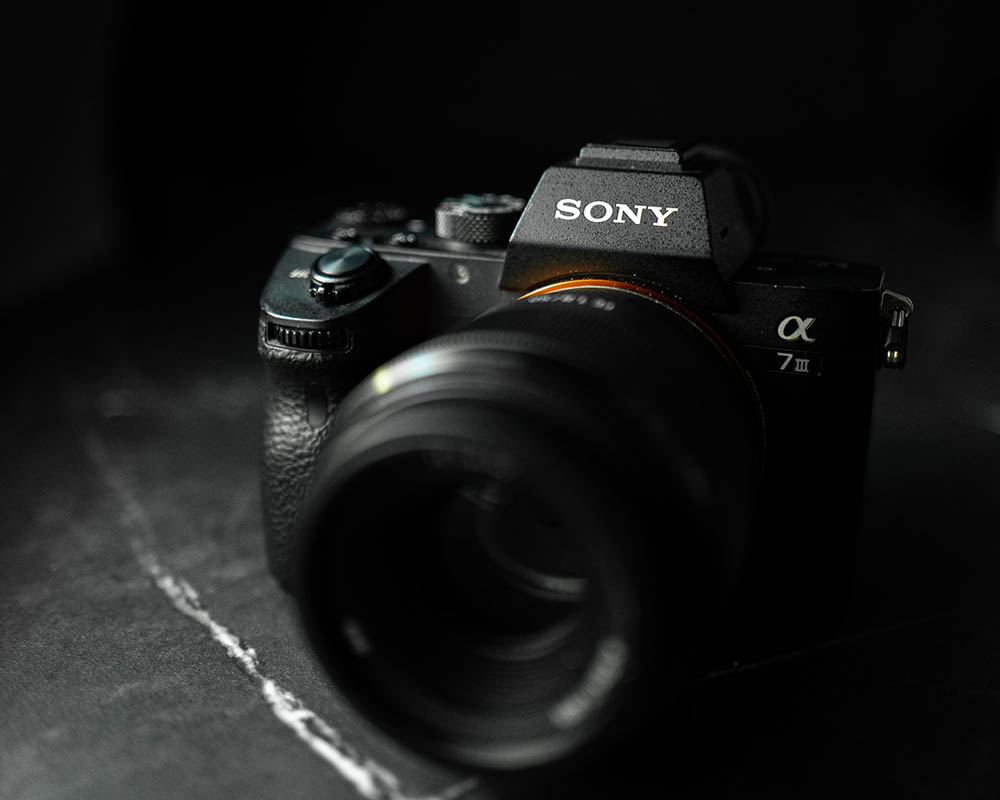
14. Remove the Clutter
There can be a great deal going on in indoor photographs, and the clutter can detract from the subject and the overall picture. Get every detail perfect in your photo, starting with removing unnecessary items that make for a noisy photo.
15. Practice!
No matter how tips and tricks you follow, nothing makes up for a lack of experience. So, when you’re trying to improve, the most important thing that you can do is to keep taking pictures.
Try new things, see what works and what doesn’t, change settings, and take plenty of pictures. The more you practice, the better you’ll get.
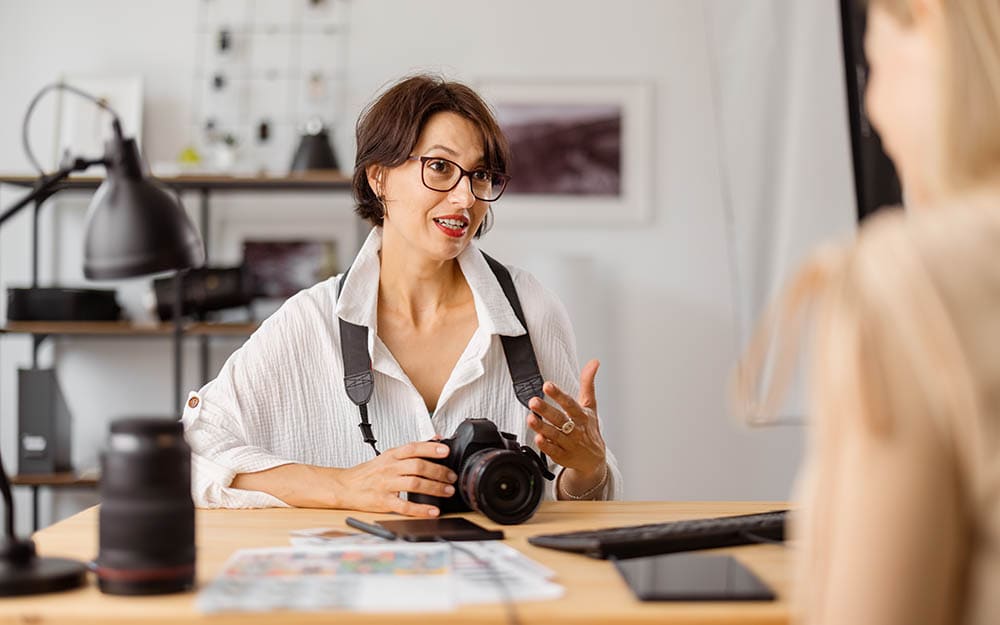

Conclusion
Now that you have a baseline of how to improve your indoor photographs, it’s all up to you to pull out your camera and start taking pictures. Don’t expect the first round to be perfect, but the more you practice, the better you’ll get.
Incorporate as many of these tips as you can, and before long, your indoor photographs will look like they belong in a professional catalog!
Featured Image Credit: Pressmaster, Shutterstock
Table of Contents
- Indoor Photography: 15 Tips for Incredible Photos
- 1. Use Natural Light
- 2. Up the ISO
- 3. Get the Details Right
- 4. Use a Bright Backdrop
- 5. Use Manual Settings
- 6. Try Different Rooms
- 7. Keep the Camera Stable
- 8. Add More Light — But Not Overhead Light
- 9. Use Reflectors
- 10. Add Filters
- 11. Use the Shadows
- 12. Edit Your Pictures
- 13. Consider a Full-Frame Camera
- 14. Remove the Clutter
- 15. Practice!
- Conclusion
About the Author Robert Sparks
Robert’s obsession with all things optical started early in life, when his optician father would bring home prototypes for Robert to play with. Nowadays, Robert is dedicated to helping others find the right optics for their needs. His hobbies include astronomy, astrophysics, and model building. Originally from Newark, NJ, he resides in Santa Fe, New Mexico, where the nighttime skies are filled with glittering stars.
Related Articles:
How to Clean a Refractor Telescope: Step-by-Step Guide
How to Clean a Telescope Eyepiece: Step-by-Step Guide
How to Clean a Rifle Scope: 8 Expert Tips
Monocular vs Telescope: Differences Explained (With Pictures)
What Is a Monocular Used For? 8 Common Functions
How to Clean a Telescope Mirror: 8 Expert Tips
Brightfield vs Phase Contrast Microscopy: The Differences Explained
SkyCamHD Drone Review: Pros, Cons, FAQ, & Verdict
